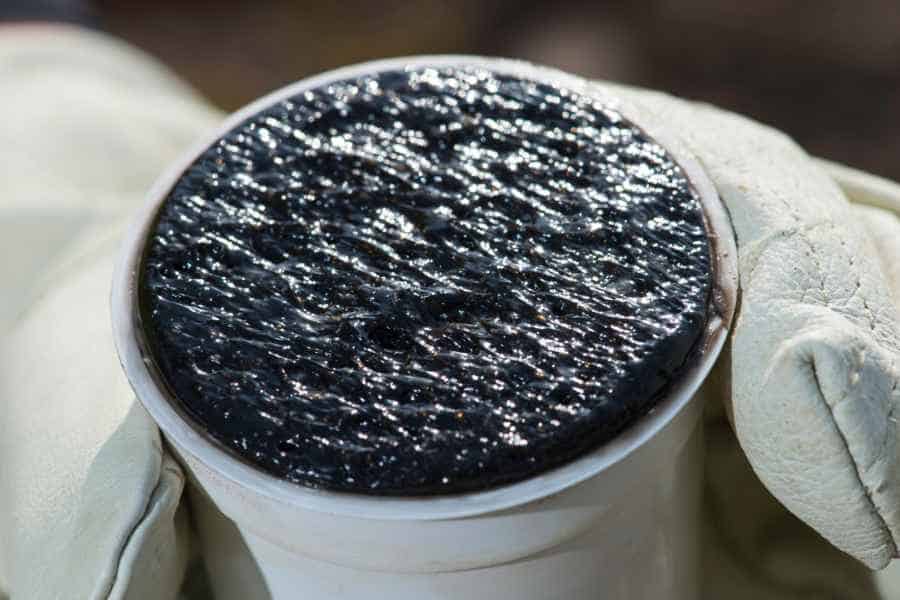Delivering high-quality bulk emulsion explosive to a remote island in the Atlantic Ocean – and ensuing problem-free blasting for a two-year project – has proved BME’s ability to design and manufacture a safe and reliable product suited to the most demanding conditions.
Delivering high-quality bulk emulsion explosive to a remote island in the Atlantic Ocean – and ensuing problem-free blasting for a two-year project – has proved BME’s ability to design and manufacture a safe and reliable product suited to the most demanding conditions.
“Supplying and blasting over 4,000 tonnes of HEF emulsion for the building of the airport on St Helena island was a demanding task for a number of reasons,” said Albie Visser, BME’s general manager for South Africa. “But the experience showed what could be achieved by our commitment to innovation and quality.”
Situated over 2,200 km from the Namibian harbour town of Walvis Bay, St Helena is one of the world’s smallest inhabited islands – measuring only 8 km by 16 km and inhabited by just 5,000 residents. In a step towards making the island more economically self-sufficient, the British government announced in 2005 that an airport would be built on the island – which traditionally could only be reached by the mailship RMS Saint Helena.
The construction of the airport was an ambitious plan that would require substantial blasting and earthmoving, involving 8 million cubic metres of material in a dry-cut fill operation.
“BME had to design an emulsion so stable that it would withstand the long sea voyage, in addition to the road trip of 1,700 km to Walvis Bay,” said Visser. “It would also have to endure multiple re-pump events, and widely varying ambient temperatures between 3 degrees and 34 degrees.”
Most emulsions tend to become thicker the longer they stand or the colder the surrounding temperature; variations in temperature can also lead emulsion to break down. However, manufacturing the product on site in St Helena proved unviable due to the lack of infrastructure and insufficient energy supply; hence the decision to locally manufacture a product of remarkable resilience, and transport it in its emulsion state.
“We went the extra mile to ensure that all the materials were of the best possible quality, including the used oil, so that the emulsion remained fluid throughout its six-month life-cycle, from manufacturing in South Africa through to blasting on St Helena,” he said. “This meant extending our already stringent quality standards, and applying them to every tonne of the approximately 4,000 tonnes of HEF that the project required.”
From the factory in Fochville, BME transported the emulsion by tanker to its silos near Swakopmund in Namibia, and then into ISO-containers (‘isotainers’) for loading onto the ship bound for St Helena. To deal with the steep gradients up to the work site on the island, emulsion was pumped from the isotainers into a converted water bowser before transportation to site – where it was re-pumped back into the isotainers.
“With this number of pumping events, the potential for emulsion breakdown becomes significant,” said Visser, “but our product maintained its integrity even beyond our target levels. In fact, looking at how well the product withstood these conditions, we can confidently say that it would still be usable after a year.”
The first BME truck was on site and ready to go in October 2012, and in November the first blast – consuming 74 tonnes of bulk explosive – was detonated on St Helena.
“Over the roughly two-year period from November 2012 to August 2014, the operation consumed about 200 tonnes of HEF 100 emulsion a month,” he said. “We supplied the contractor with up to 18 blasts per month, totaling some 54,000 holes in total; each hole was 89 mm in diameter and averaged 12 m deep.”
According to Visser, the key to a good emulsification process is the right surface active agent (or surfactant) – the emulsifier.
“Our in-house experts developed the emulsifier specifically for the St Helena project, in the same way that we develop emulsifiers to suit the raw materials in whichever environment we operate,” he said.
He emphasised BME’s use of a dual oxidizer – or ‘double-salt’ – system, which gives more stability to the product than a single-salt solution.
“We were pleased that our emulsion had the long shelf-life that we required and was extremely tolerant to multiple pumping cycles – proving highly resistant to breakdown even under excessively stressful conditions,” he said.
He said this was achieved through a demanding regime of testing over a number of months leading up to the project’s commencement – using elevated temperatures, for instance, to accelerate the ageing of the products and to ensure it could last the long periods on the road, at sea and standing on the island awaiting use.
“Our product standards ensured that every tonne manufactured was the same high quality – whether it was made the next day or the next year,” he said. “We made sure there was no variability in the quality.”
BME pioneered the use of cold emulsion explosives in South Africa over 30 years ago, and is today a market leader in blasting solutions for the mining, quarrying and civil engineering sectors.





